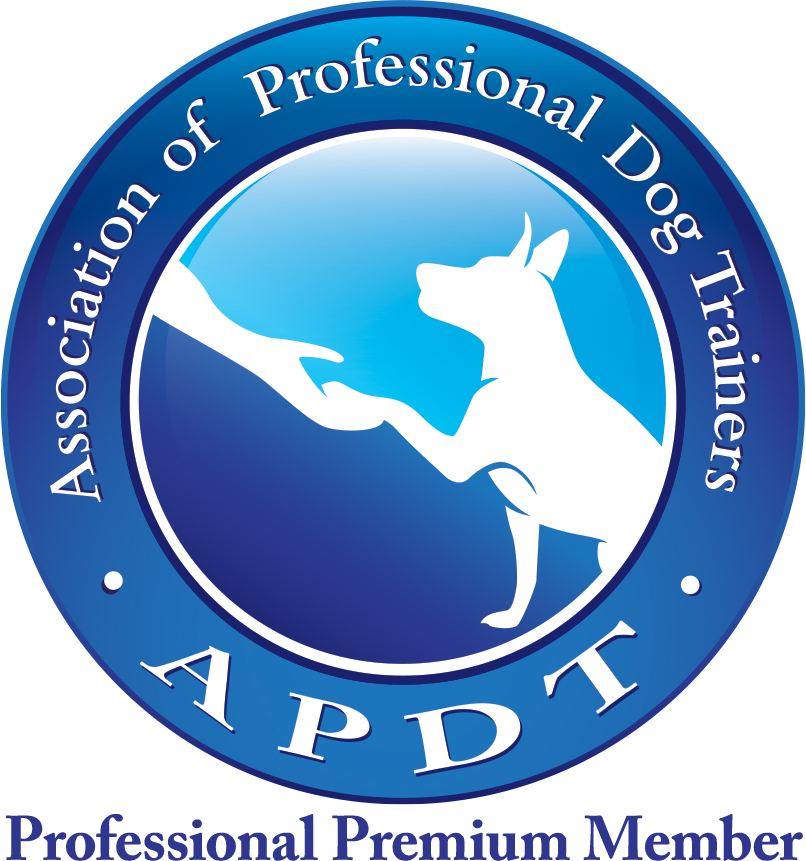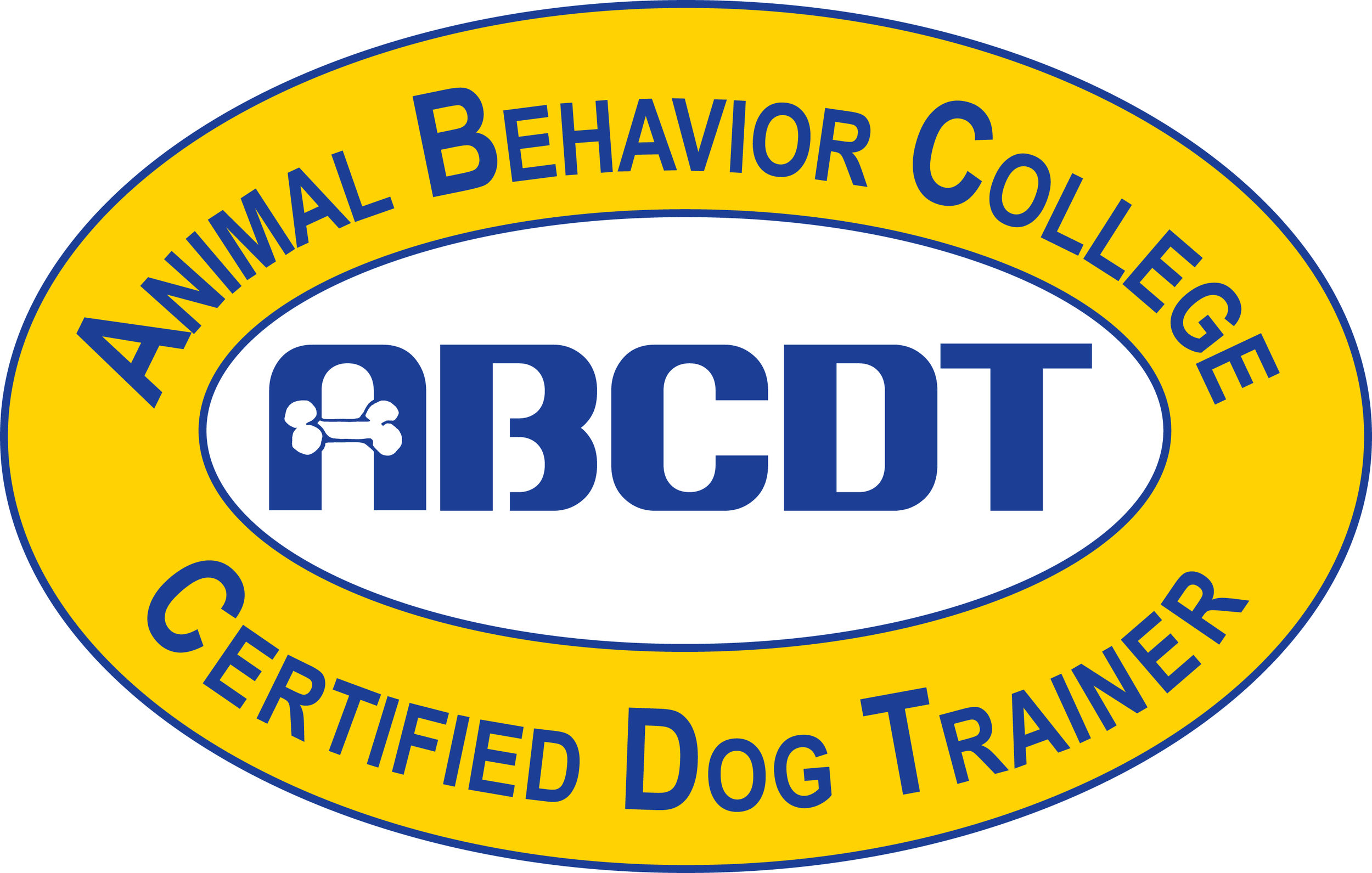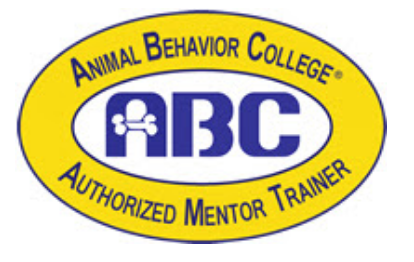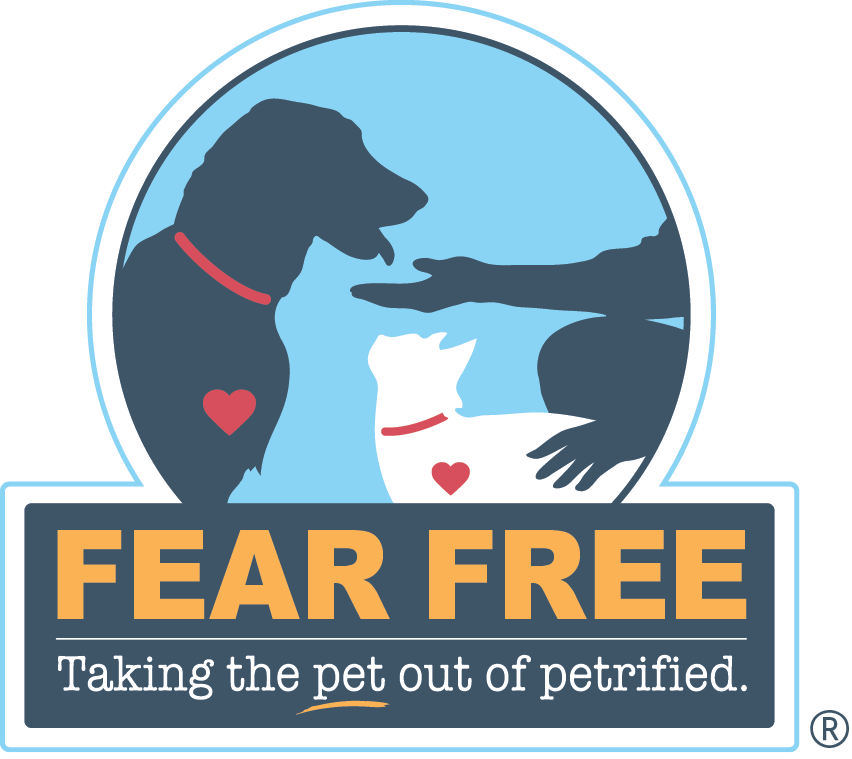Canine Pregnancy Facts
/How do dogs experience pregnancy? Here’s some facts about expecting dogs and their puppies:
● Gestation Period: On average, a dog's pregnancy lasts around 63 days.
● Puppy Puzzlement: A female dog can have a litter with multiple fathers. This phenomenon can result in a diverse mix of puppies within the same litter.
● Canine Morning Sickness: Just like humans, pregnant dogs can experience morning sickness, including changes in appetite and vomiting.
● Nesting Instinct: Pregnant dogs often exhibit nesting behavior, instinctively preparing a comfortable and secure space for their pups.
● Early Communication: Puppies can hear their mother’s sounds while in the womb, forming early bonds that continue after they're born.
Read More






























